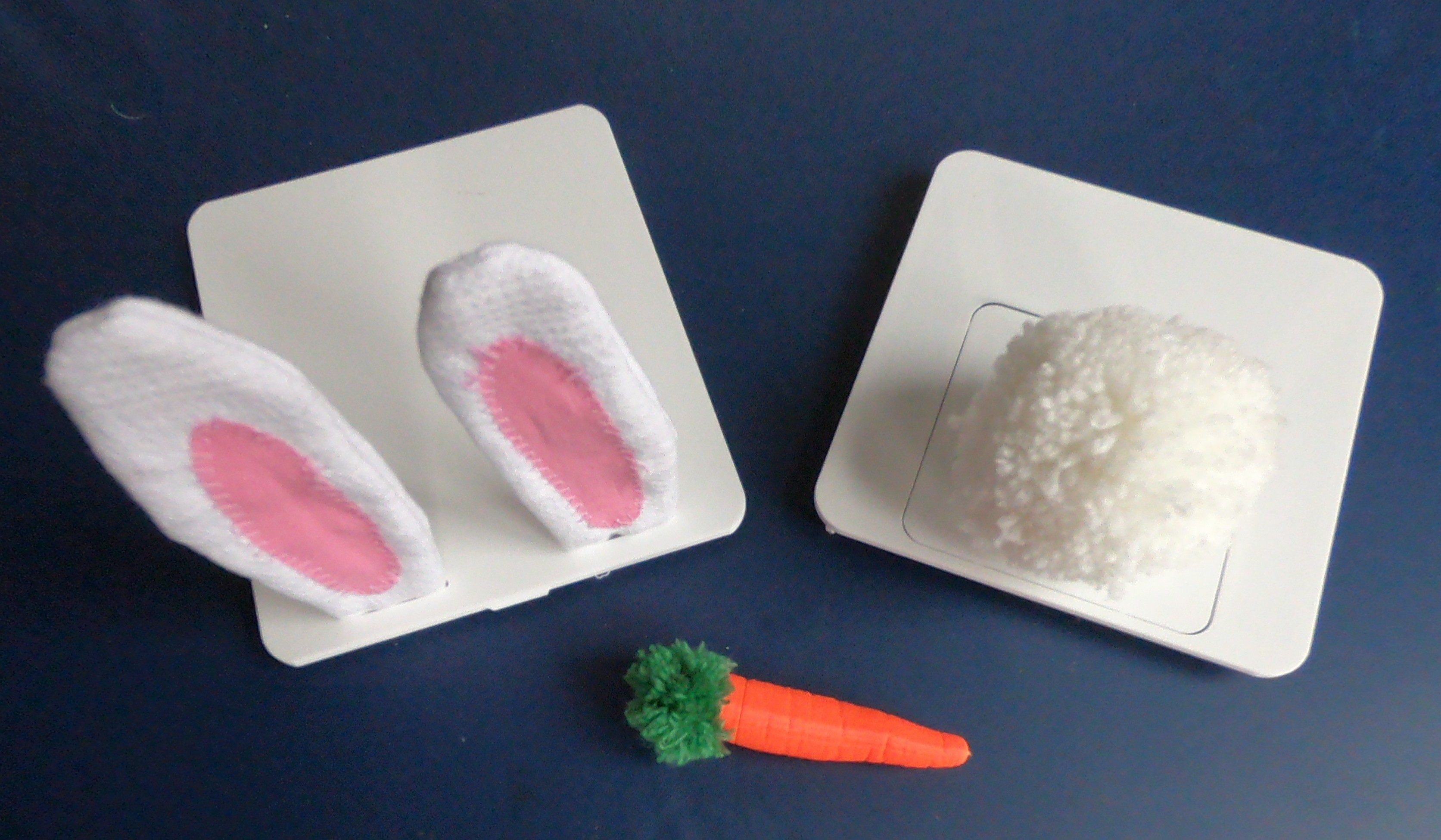People who have seen Tobi-P so far reacted at first with surprise, then with enthusiasm. They are smiling, some even laughing. The question then often comes up: “And what can the robot actually do now? What is it good for? What is its function?"
The simple answer to this is: to be friendly. Tobi-P's job is to put a smile on people's faces. It is neither a pet nor a toy, but it is still an excellent companion in everyday life, especially when one has to stay at home for longer periods of time.
The secret is not in Tobi-P's technology, but in its appearance. In this way, it attracts interest, detracts from worries and spreads a good mood. The perfect example for this category of robots is the fluffy Paro, used for therapeutic purposes.
A key
factor in the design of Tobi-P is
that it should look
cute but
harmless.
There should be nothing creepy
about it, an
effect (the uncanny valley) that
can occur with robots that imitate nature too
perfectly. This
does not happen with
Tobi-P because it is still
clearly
recognizable as an
artificial being.
And it is
also quickly identified as a bunny:
only a few of
its multiple accessories are
needed
to make it
clear.

Through his (googly) eyes, Tobi-P can create an emotional bond in seconds, because people automatically react to beings that look at them. They project their own emotions onto the robot, give it a character, and thus almost bring it to life.
Many
people tend to associate technology
and robotics
with coldness and functionality. Tobi-P is also technology, but one that
awakens warmth and joy and evokes positive emotions. It represents
an easy and alternative way to connect with robotics at home.
 jdelbe
jdelbe
Discussions
Become a Hackaday.io Member
Create an account to leave a comment. Already have an account? Log In.